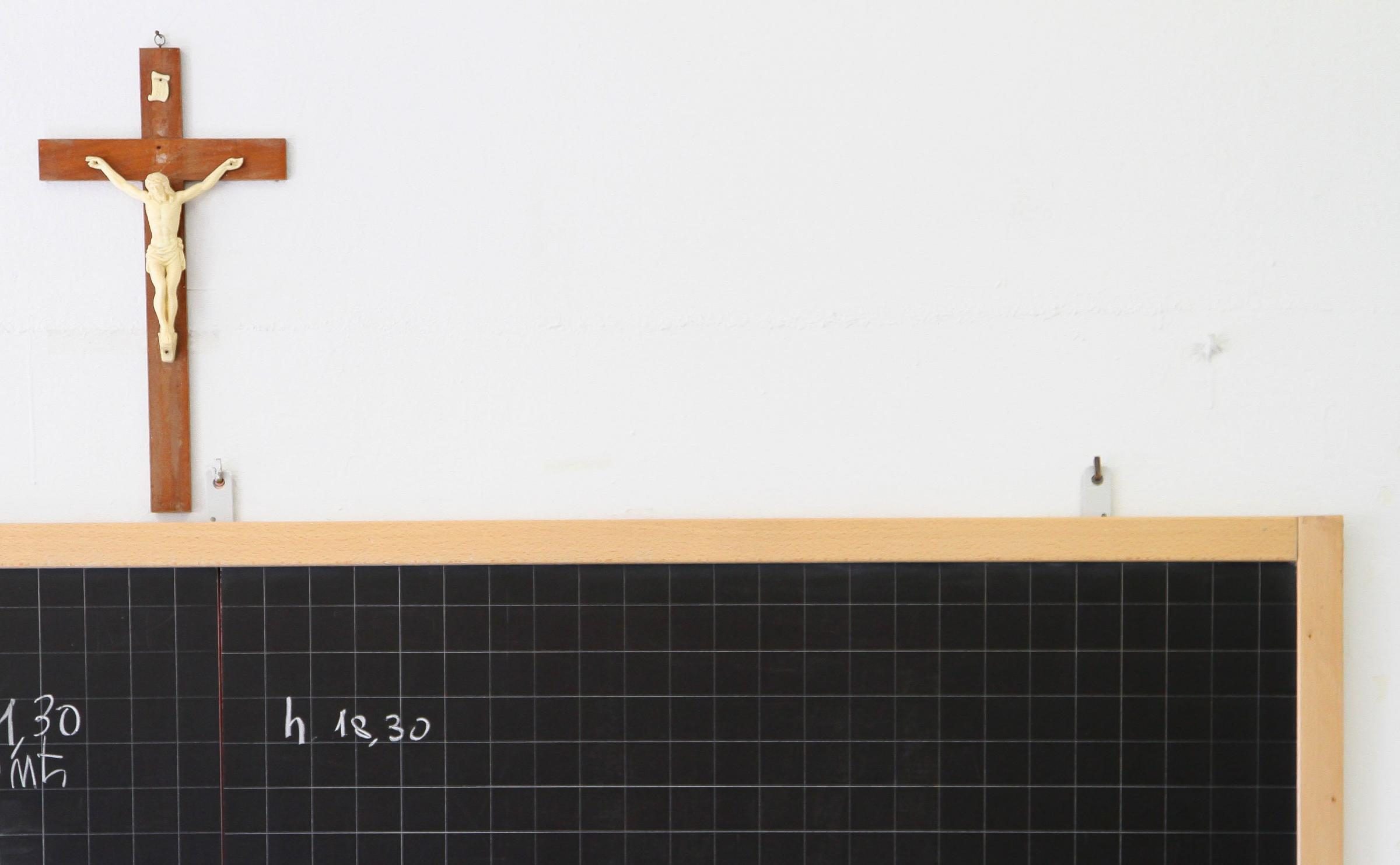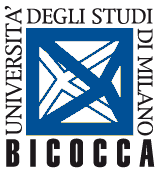The exposition of the school crucifix to the scrutiny of the jurisprudence. From a mark of the confessionalism of the State to a mode of exercise of an "accommodating" freedom

On April 9, 2021 (Civil Cassation, no. 24414/2021), the Joined Sections of the Court of Cassation were called to express themselves, again, on the issue of the display of the crucifix in the classrooms of Italian public schools. The ruling, which is part of an articulated jurisprudential framework, tends to assess some definitive statements, proposing a composition of the interests involved in full compliance with the principle of secularity (“laicità”) of the Republic.
The conflicts that have characterized, in the past, the decisions of the Italian judges on the matter reflect the uncertainty of the regulatory framework governing the display of the symbol. Indeed, in the absence of a formal law prescribing compulsory exposure, its presence is still mentioned by regulatory legal sources dating back to the fascist regime (Royal Decree no. 965/1924 and Royal Decree no. 1297/1928), which name it among the components of “school furniture”. Because of their “secondary” rank in the legal hierarchy, such regulations had escaped the scrutiny of the Judge of Laws, who had declared inadmissible the related question of constitutionality (Constitutional Court, no. 389/2004).
As a result, over time, an apparently unsolvable situation of conflict has arisen between those regulations – the product of a confessional approach – and the principles of the secularity and pluralism that should characterize the Italian legal system. Confronted with that significant aporia, the Italian jurisprudence, therefore, found itself proposing conflicting solutions. A first orientation – referring to the administrative Courts – tended to deny the existence of that conflict, pretending to read, in the crucifix, an absorbing cultural value. Conversely, the ordinary judges did not hesitate to highlight how the effigy could not be given any other meaning than that of a symbol of the Christian religion.
The question did not fail to interest even the Court of Strasbourg (“Lautsi case”), which, having pronounced itself in the composition of the Grand Chamber, ultimately ruled that the presence of the crucifix in the classrooms is harmless with respect to the sphere of conscience of the pupils. In this regard, a key role is played by the evaluation of the “passive” character of the symbol and its insertion in a school environment devoted to the full respect for pluralism and the development of pupils, through the exercise of their rights of freedom of conscience and religion.
The long-standing controversy, therefore, seemed to have died down. However, a further element motivated the need for the recent arrest of the Supreme Court (the above-mentioned decision n. 24414/2021): the need to verify the stability of the previous statements when a teacher complained of the presence of the crucifix, and not a pupil (as it had almost always happened previously). The applicant had been interested in a disciplinary sanction for having infringed a service order of the dean, which had required him to abide by the decision of a class assembly, asking by the majority that the symbol should be displayed in the class.
The Supreme Court takes the opportunity to issue a profoundly nomophylactic ruling, which attempts to provide a definitive key to solve the legal question.
In the opinion of the Supreme Court, today, in the Italian legal system there is no obligation to display the crucifix in school classrooms: an alternative solution would inevitably be in conflict with the supreme principle of the secularity of the Republic. In this perspective, the regulatory provisions of the 1920s should instead lend themselves to a constitutionally oriented reading, which allows obtaining – where previously an obligation was read – a simple “faculty” of exposition.
In this perspective, the decision concerning the presence of the crucifix is left to each school community, made up of pupils and teachers alike. The choice, necessarily “specified” due to the particularities of each concrete case, must be respectful of the method of a “reasonable accommodation”, which requires the majority, as it is in favour of displaying the symbol, to support at least partially (for example by influencing the “when” and the “how” of the exposition) the requests of the dissenting minority. This also, if requested, by placing symbols of other religious faiths alongside the crucifix, on a par with what is done in other legal contexts (an example is the so-called “Bavarian model”).
In a nutshell, these are the coordinates for orienting in the complex framework offered by jurisprudence, of which this Focus aims to provide a useful sylloge. A brief review of the literature is also offered in support of the case studies and without any claim to being exhaustive.
(Focus by Andrea Cesarini)
Essential bibliography
R. Bin, G. Brunelli, A. Pugiotto e P. Veronesi, eds., La laicità crocifissa? Il nodo costituzionale dei simboli religiosi nei luoghi pubblici, Torino, 2004
R. Botta, Paradossi semiologici ovvero della “laicità” del crocifisso, in Corriere giuridico, n. 6/2006, 846
C. Cardia, Identità religiosa e culturale europea. La questione del crocifisso, Torino, 2010
G. Casuscelli, Il crocifisso nelle scuole: neutralità dello Stato e “regola della precauzione”, in Il diritto ecclesiastico, 2005, 13
P. Cavana, Le Sezioni Unite della Cassazione sul crocifisso a scuola: alla ricerca di un difficile equilibrio tra pulsioni laiciste e giurisprudenza europea, in Stato, Chiese e pluralismo confessionale, Rivista telematica (https://www.statoechiese.it), n. 19/2021
N. Colaianni, Dal “crocifisso di Stato” al “crocifisso di classe” (note a margine di Cass., SS. UU., 9 settembre 2021, n. 24414, in Stato, Chiese e pluralismo confessionale, Rivista telematica (https://www.statoechiese.it), n. 17/2021
G. Dalla Torre, Dio o Marianna? Annotazioni minime sulla questione del crocifisso a scuola, in Giustizia civile, 2004, 510
E. Dieni, A. Ferrari e V. Pacillo, eds., I simboli religiosi tra diritto e culture, Milano, 2006
E. Dieni, A. Ferrari e V. Pacillo, eds., Symbolon/diabolon: simboli, religioni, diritti nell’Europa multiculturale, Bologna, 2005
A. Licastro, Il crocifisso e i diritti del lavoratore nell’ambiente scolastico (aspettando le Sezioni Unite della Cassazione), in Stato, Chiese e pluralismo confessionale, Rivista telematica (https://www.statoechiese.it), n. 7/2021
A. Negri, G. Ragone, M. Toscano, L.P. Vanoni, eds., I simboli religiosi nella società contemporanea, Torino, 2022
V. Pacillo e J. Pasquali Cerioli, eds., I simboli religiosi. Profili di diritto ecclesiastico italiano e comparato, Torino, 2005
M. Toscano, Il crocifisso ‘accomodato’. Considerazioni a prima lettura di Corte cass., Sezioni Unite civili, n. 24414 del 2021, in Stato, Chiese e pluralismo confessionale, Rivista telematica (https://www.statoechiese.it), n. 18/2021
S. Testa Bappenheim, I simboli religiosi nello spazio pubblico. Profili giuridici comparati, Napoli, 2019
L.P. Vanoni, Lacità e libertà di educazione. Il crocifisso nelle aule scolastiche in Italia e in Europa, Milano, 2013
J.H.H. Weiler, Verso “Lautsi-bis”? Il crocifisso scolastico (di nuovo) a giudizio, in forumcostituzionale.it, 2021

